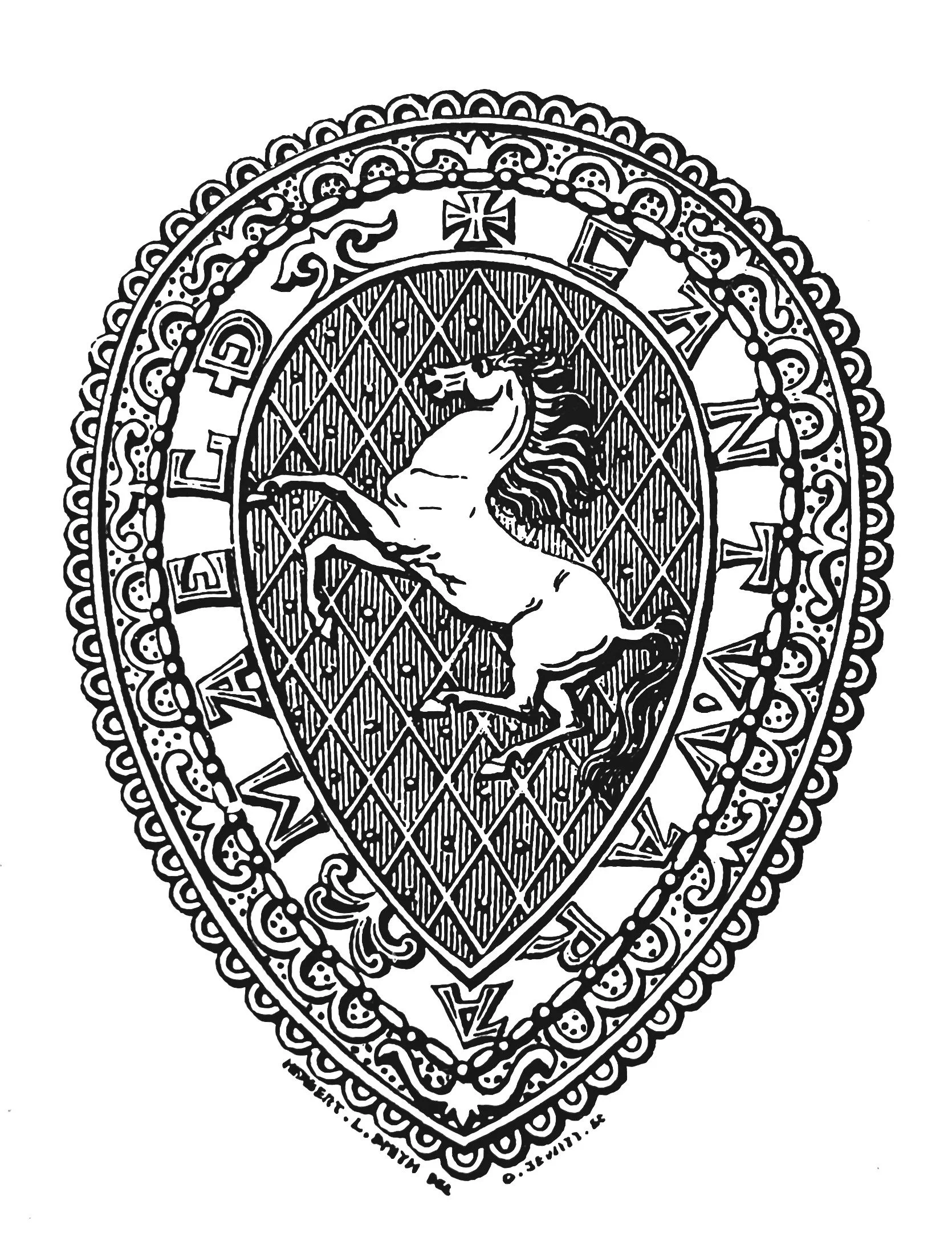
KAS Newsletter, Issue 16, Summer 1990
Highlighting archaeological conservation's role in heritage preservation, including Uppark House and Plaxtol discoveries.
Contributions to the next issue are welcome. See the guidance for contributors and contact Editor Craig Campbell.
Search page
Search within this page here, search the collection page or search the website.
Previous
Previous
Brattles Farm Museum & Evening Barbecue
Next
Next


